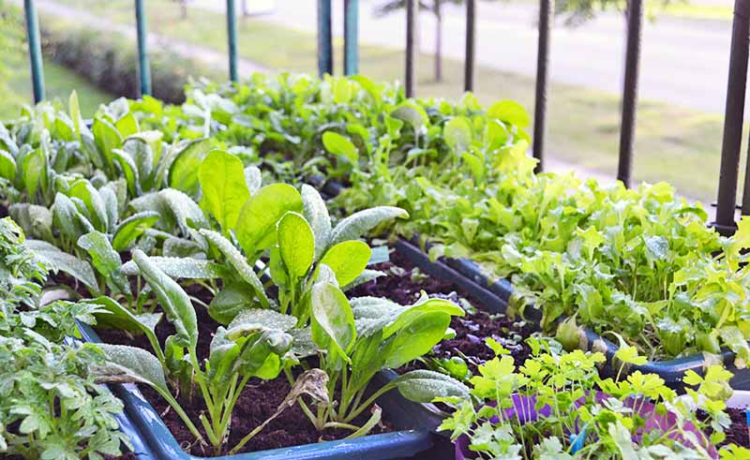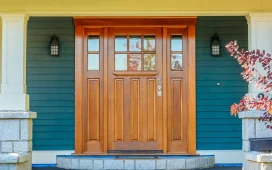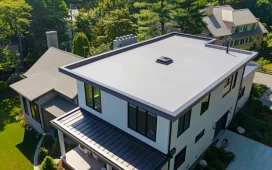Plant containers gardening is an appealing alternative to growing plants in the ground if you have limited time or space. You can have a garden on your patio, balcony, deck, or porch by containing your flowers and vegetables in pots, baskets, boxes, or barrels. There are numerous advantages, including the ability to control the soil composition, move the pots around to take advantage of the weather, draw attention to a unique plant, and change the overall appearance of your space. I have plenty of space to garden on the ground, but I like to use containers to make bold statements and highlight seasonal changes. They are eye-catching additions to any outdoor space.
Plastic, terra cotta clay, metal, wood, fiberglass, and concrete can all be used to make plant containers. Vegetables can also be grown in buckets, milk jugs, ice cream containers, bushel baskets (lined with perforated plastic), barrels, dishpans, or trash cans. If you’re going to use a flower container, make sure it’s something you like. Choose a color that will complement the flowers you plant in it. All plant containers must be clean and non-toxic, and at least one drainage hole must be present. The size varies, but most plants require at least six to eight inches for proper root growth. Containers that hold at least two gallons of soil work best for me. Keep in mind that small pots dry out quickly and tend to blow over. Large containers can be quite heavy, so consider using dollies or plant caddies to transport them (platforms with wheels.) Water stains on your concrete patio or wooden deck can be avoided by placing plastic saucers under your pots or using self-watering containers. Elevating your planters slightly allows the drainage holes to function properly.
Growing mixes that are good for plants provide essential plant nutrients, retain adequate moisture, and allow excess water to drain. Growing media is classified into two types: those that contain soil and those that do not. Never use soil from your garden on its own because it may contain too much clay. When wet, clay absorbs moisture and prevents air from reaching the roots. In addition, garden soil may contain insects, weed seeds, or diseases. For vegetables, you can use high-quality packaged potting soil from your local garden center. Soilless mixes are usually too light for vegetables, so combine them with 25% soil. I mix one part peat moss, one part garden loam, and one part perlite to make my own growing medium.
With the exception of sweet corn, which requires multiple plants for adequate pollination, most annual vegetables can be grown in plant containers. Furthermore, vining crops such as squash, pumpkins, and melons require more space. Some new cultivars are suitable for containers, such as bush-type squash, cucumbers, and melons, which grow as compact bushes rather than sprawling vines. When selecting tomatoes, look for determinate cultivars that reach a specific height. Indeterminate tomatoes grow excessively tall. Here are some examples of vegetables, container sizes, and spacing: Beets should be planted two to three inches apart in a half-gallon container, and Swiss chard or lettuce should be planted four to six inches apart. In a one-gallon container, plant one cherry tomato. Plant bush beans two to three inches apart in two-gallon containers, and bell peppers one per container. Plant cabbage 12 to 18 inches apart, or cucumbers 14 to 18 inches apart in five-gallon containers. In a five-gallon container, plant one eggplant, one summer squash, or one tomato.


















